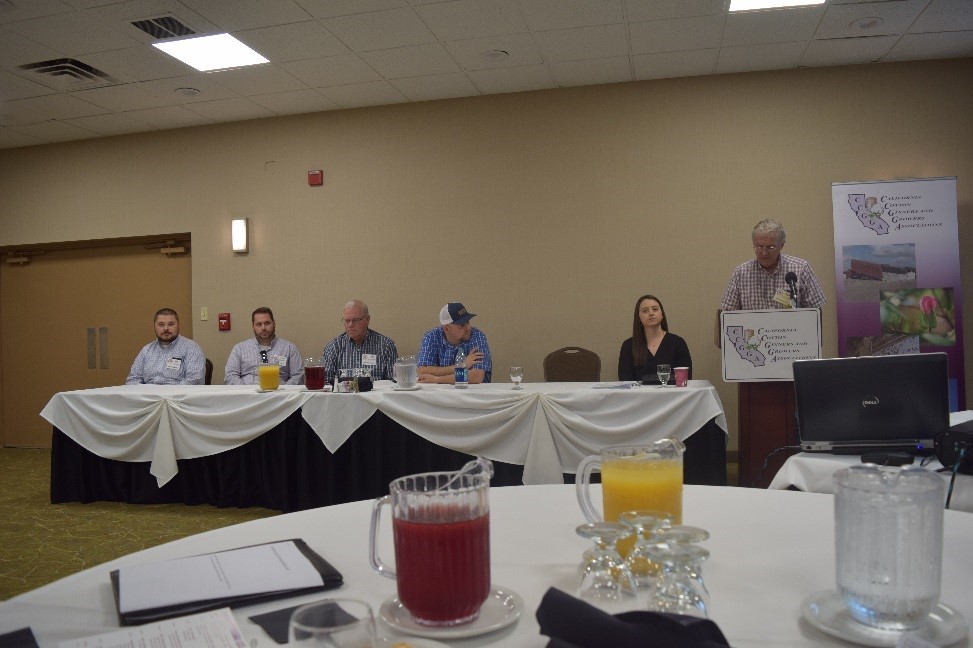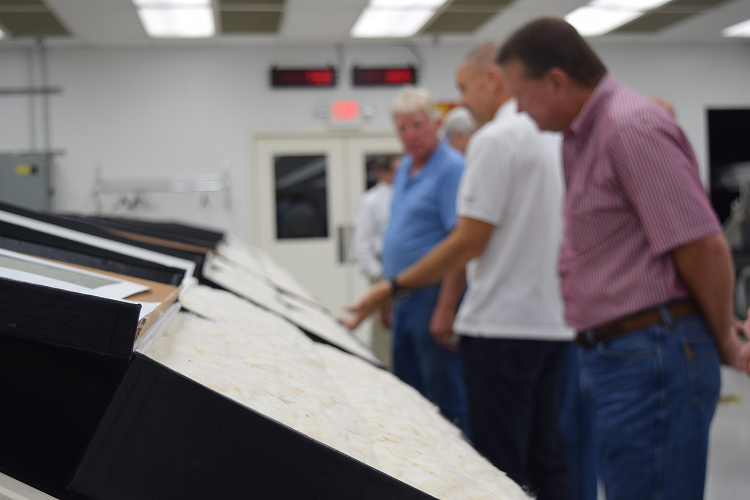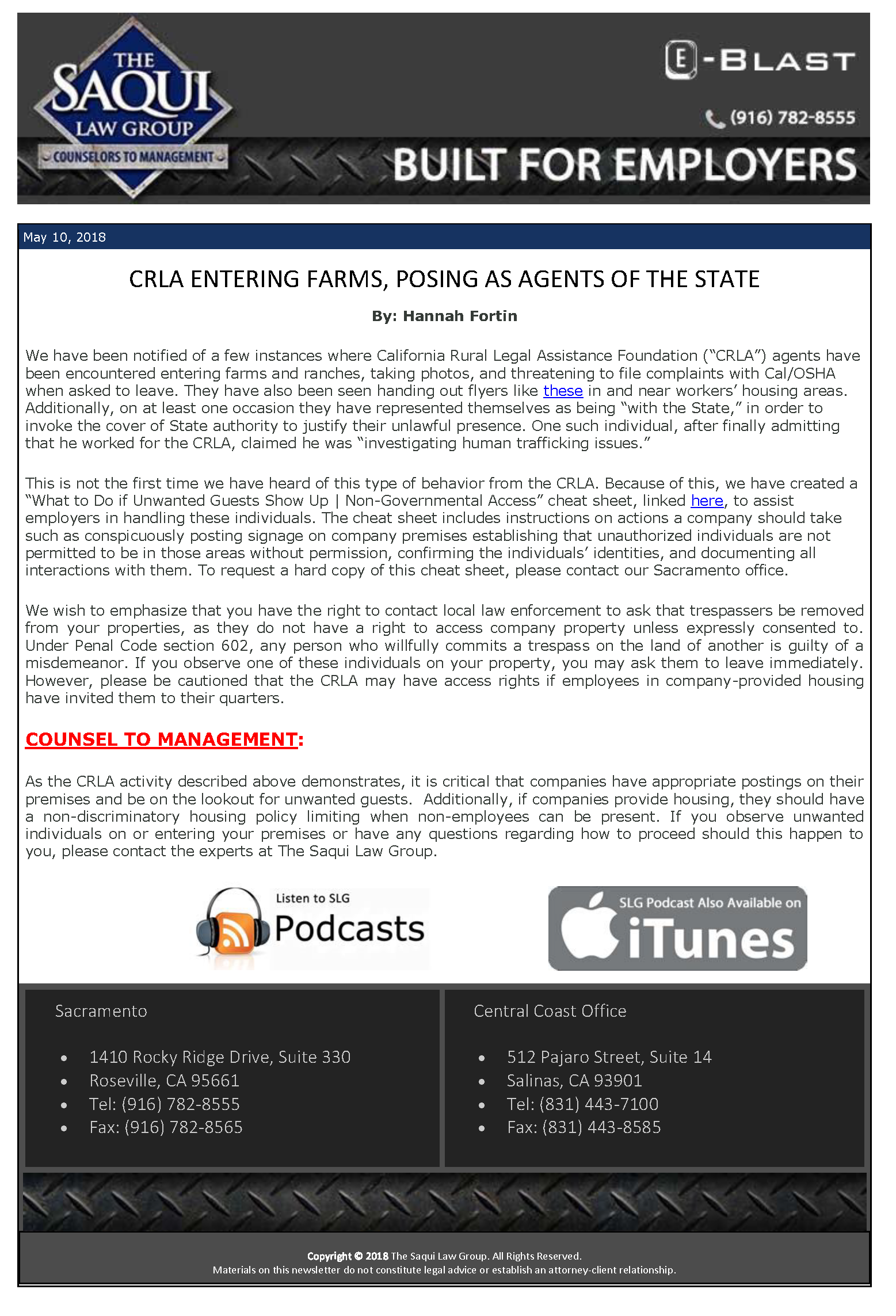This past week, the California Cotton Ginners and Growers Association held its 2018 Sticky Cotton Summit bringing merchants, growers, gin managers, researchers, and PCAs together to discuss this critical issue in Fresno. Giving the merchant perspective were Earl Williams, Supima, and Leigh Pell, Allenberg. Providing an update on the research into the measurement of stickiness was Derek Whitelock, USDA ARS SWCGRL and Chris Delhom, USDA ARS SRRC. Another aspect that was discussed is what cotton gins are doing to deter sticky cotton and providing their insight on what their gins are doing were Wayne Gilbert, County Line Gin; Adriane Carbonel, Farmers Cooperative Gin; and Stan Creelman, Mid Valley Cotton Growers. The California Department of Food and Agriculture presented an overview of the monitoring and mapping efforts in 2017 for aphids, which was presented by Lauren Murphy, CDFA Pink Bollworm Program. Greg Palla, with San Joaquin Valley Quality Cotton Growers made a presentation on a Cotton Clean technology, a bacterial enzyme that works to break down the sugar. A key element to the program was what growers and PCAs are doing to combat whitefly and aphids in the field and providing their thoughts were Bob Hutmacher, UCCE, Tim DeSilva, J.G. Boswell Company, Bryce Borges, Crop Production Services, Andy Gulley, Simplot, and Nick Groenenberg.
Action items coming out of the meeting included the following:
- Continue and increase cotton stickiness testing efforts with USDA
- Provide additional samples of sticky seed cotton to USDA for research purposes
- Include details of difficulty ginning, etc.
- Use samples from small plot field trials from UCCE (B. Hutmacher/T. Pierce)
- Continue research with Cotton Clean technology
- Continue aphid and whitefly monitoring with CDFA, but increase frequency of reporting
- Look into AgLogic production/distribution of aldicarb into California
- Work to expand Movento label for whitefly
- Support bindweed management research

UCCE State Cotton Specialist Bob Hutmacher leads panel of PCAs discussing sticky cotton




